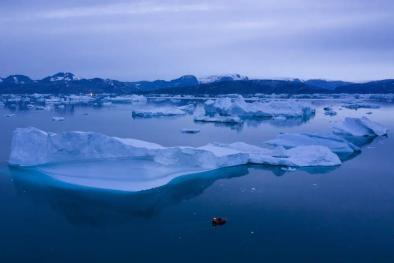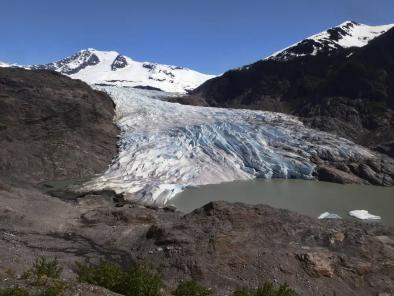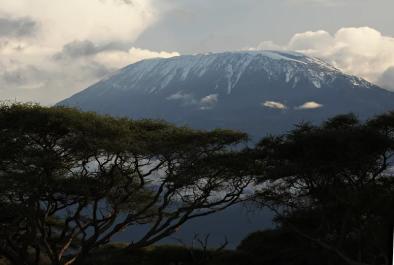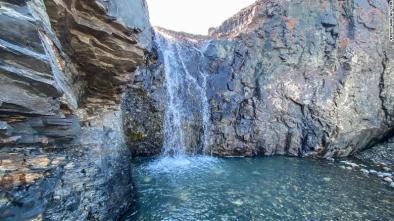Science Source
“Recent warming”: ice core evidence from tropical ice cores with emphasis on Central Asia
- States that ice cores from the tropics and subtropics, in conjunction with those from the polar regions, provide a multifaceted record (dust, chemistry, stable isotopes, accumulation) of environmental changes which can be viewed both spatially and temporally
- This paper emphasizes the oxygen isotopic record (δ18O) preserved in cores from the poles to the tropics and assesses the evidence for global warming in the last 50–100 years
- From north to south these records include: Camp Century, Greenland, Dunde and Guliya Ice Caps, China, Gregoriev Ice Cap, Kirghizia (formerly part of USSR), Quelccaya Ice Cap, Peru and Siple Station and South Pole, Antarctica
- The central Asian records along with that from Quelccaya provide strong evidence of recent and rapid warming in the tropics and subtropics
- For the Dunde Ice Cap, where a long paleoclimatic record is available, the warming in this century appears to be unprecedented in the Holocene
- These tropical and subtropical records contrast sharply with those from polar cores which show little evidence of a recent warming
- These data suggest that either the recent warming is a middle and lower latitude phenomenon or that these high altitude tropical and subtropical glaciers may be more sensitive to climate changes than the massive polar ice sheets
- Regardless, the current rapid disintegration of many tropical and subtropical glaciers may result in the permanent loss of numerous unique archives
Related Content
Headline

Jan 25, 2023 | Climate Nexus Hot News
Greenland Warmest Since Before Norman Invasion Of England
Headline

Jan 6, 2023 | Climate Nexus Hot News
Urgent Climate Action Can Limit, But Not Prevent, Glacier Loss
Headline

Nov 8, 2022 | Climate Nexus Hot News
UNESCO Glaciers Doomed And Threatened By Climate Change
Headline

Jul 21, 2022 | CNN
A 'Not Normal' Amount Of Greenland's Ice Melted Last Weekend


